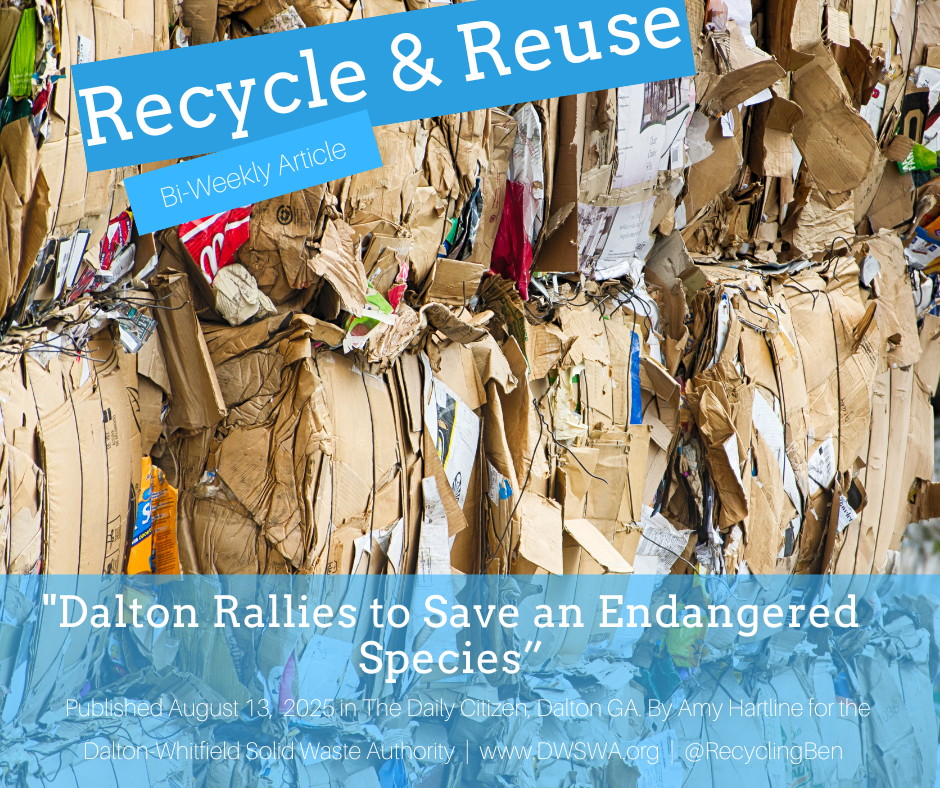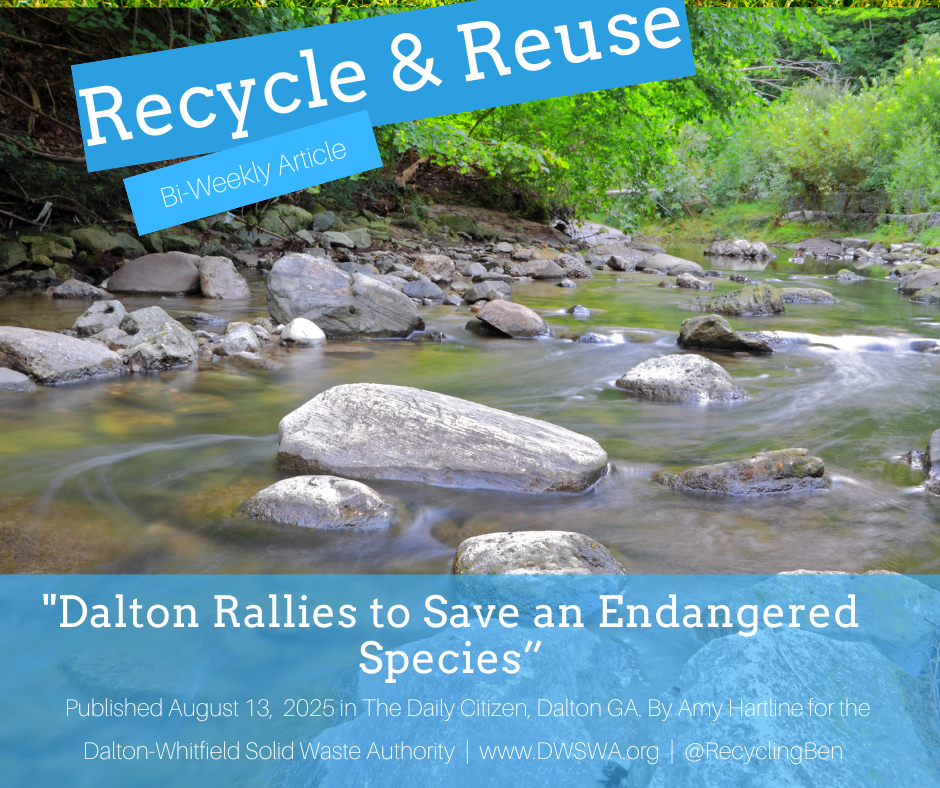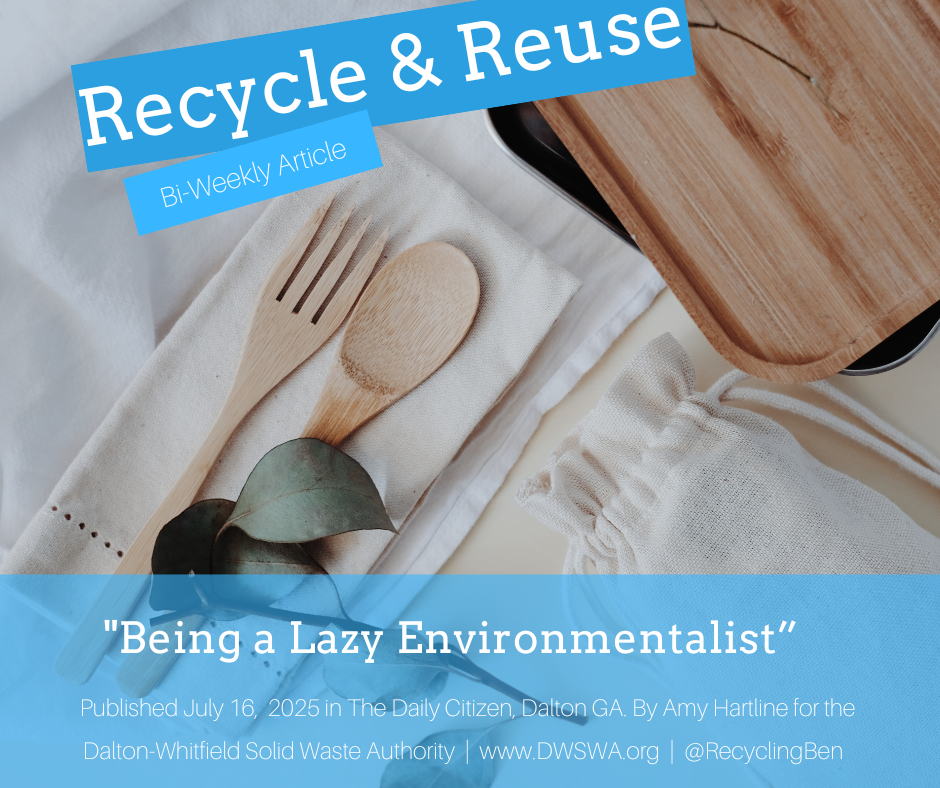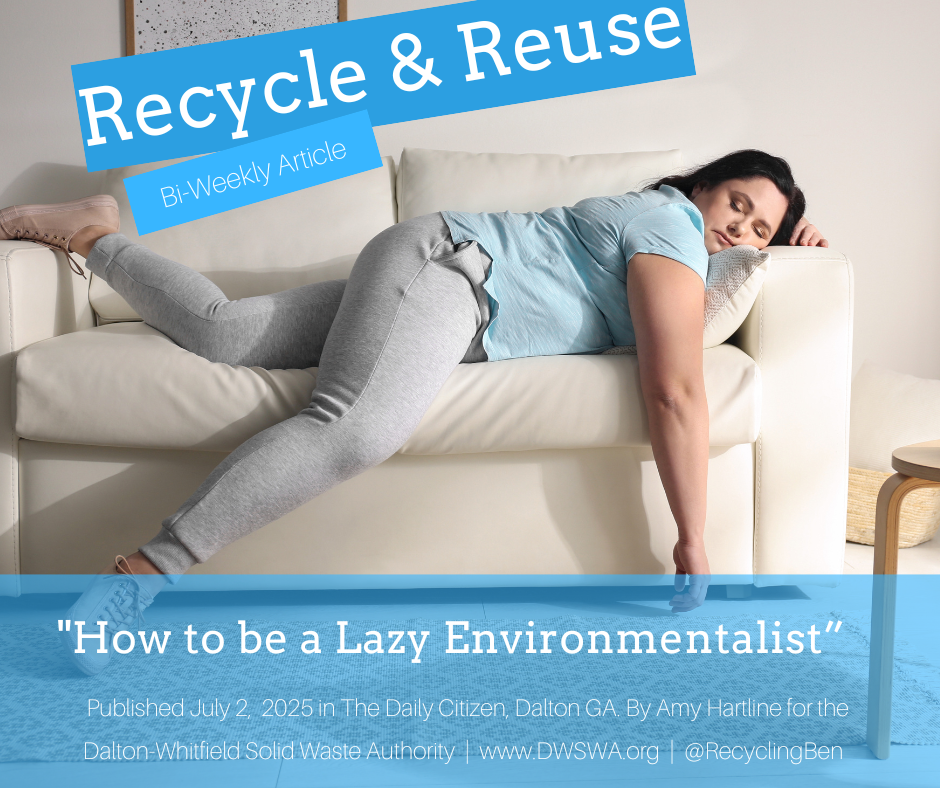3 Swaps to Keep Plastic from Poisoning Your Food
/As more and more single-use plastic bans are taking place across the state and world, you may find yourself asking why. Most people jump to the global issues single-use plastics cause, such as rapidly filling landfills and microplastics polluting our waterways. These issues are a major concern, but there is also a personal health risk involved in single-use plastic. Last month, The Washington Post covered research done by scientists that revealed these plastics leach harmful chemicals into microplastics, which can then migrate to our food and drinks, posing significant health risks. We all want to do what is best for our health, but knowing where to start when plastic is so pervasive in our lives can seem difficult. Here are practical steps you can take over the next few months to become a healthier person and create a cleaner planet.
Most people already know about options to replace their plastic drinking bottles, but another overlooked aspect of meals is cutlery. Disposable plastic cutlery is not only wasteful but can also break down when exposed to hot or acidic foods, releasing harmful chemicals into your meals. Switching to reusable options just makes sense.
There are options made of stainless steel, bamboo, or even silicone. To ensure they’re always accessible, place a set in a specific location that makes sense for you like your desk at work or the glovebox in your car. Most sets will come in a container or pouch you can store them in, but if yours doesn’t or you make your own from your silverware at home, a pencil pouch can work in a pinch.
Many plastic containers we use to store are food release microplastics into food when heated or exposed to oils. Transitioning to glass or stainless-steel containers is a smart way to reduce this risk. Glass containers are ideal for me because I often pop leftovers in the microwave. Take time to pick out a style you truly love to help encourage you to use them.
Don’t feel you have to throw out all of your containers. The key is to make the swap to a safer option gradual so you don’t overburden yourself. Don’t feel you have to stick the plastic containers in the trash either, there are plenty of things you can store in them safely that aren’t your food such as toys, nails, or sewing notions.
One of the most overlooked sources of plastic exposure is single-use coffee pods. These pods not only generate waste but can also leach chemicals into your coffee. A reusable stainless-steel pod or a French press is a healthier alternative. To make the change feel natural, pre-proportion your coffee into the pods the night before and don’t try to do it when you are groggy in the morning.
Incorporating these swaps into your life doesn’t have to be an all-or-nothing effort. Start with one area and build from there. To help me transition certain aspects of plastic use, I made an event on my phone calendar for every other paycheck. That way I get a reminder that pops up and I get to stretch out my purchases over time. Making the change over time also makes it more likely that you will stick with the habit. To help the habit stick establish designated spaces for reusable items, like a pouch in your bag or a specific drawer at work. If it is a swap that will need a routine in place like filling up the filtered water pitcher, set alarms on your phone or stick a reminder on your fridge door.
By taking these steps through 2025, you’ll have peace of mind knowing that you are taking precautions for your safety while doing a great thing for the environment. These few changes can help you end the year in a safer, healthier place.
Amy Hartline is the recycling and education program coordinator for the Dalton-Whitfield Solid Waste Authority. Have a recycling question? Contact her at (706) 278-5001 or ahartline@dwswa.org.































